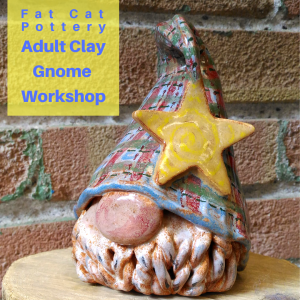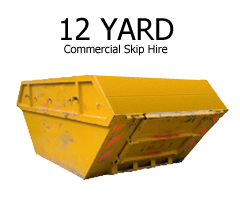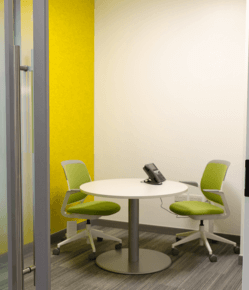In the exciting world of ceramics, not everything is clay and water. There is a wide range of raw materials, techniques and tools that allow us to extract and combine their properties to work them. Therefore, today we address the different types of ceramic clay and explain their secrets in clay making workshop singapore .
Know the Types of Clay for Ceramics
Broadly speaking, we can affirm that the firing of the clay allows the obtaining of ceramics. Normally, the temperature that marks the border is 700ºC. From here, if the temperature is higher, the fusion between particles can become vitrified, achieving an even more solid and waterproof piece but as simple as it may seem. It is important to know the different types of clay, clay and the advantages of each type of cooking. This will allow us to better know how to make the piece we are looking for.
In general, clay is usually classified into three types or categories according to the cooking time and final hardness: low temperature, stoneware and porcelain. The reality but it is a bit more complicated. There is high-temperature clay that can be cooked at low temperatures.
To understand it, we must know what type of ceramic clay we have and how we can work it. Physically, the fusion of the particles originates from the fluxing agents in each type of clay. For example, red muds are rich in iron oxide, which allows solid fusion resistant to lower temperatures around 1,000ºC. On the contrary, porcelain and stoneware, the fluxing agents are scarcer, so components such as refractories, chamotte or sand are added to achieve a higher verification. As you can see, these are temperatures that are beyond the possibilities of our kitchen oven.
Clay and mud
According to its geological origin, we find two types of clay: primary and secondary. The primary one is much scarcer since it is in the place where it was formed. The secondary also called sedimentary is the result of erosion and movement of the earth. Starting from this base, potters work with 2 types of clay, natural and prepared. Let’s see the characteristics of each one.
Natural mud
It is the one that we can use with only a minimum of cleaning. Primary clay is the purest, but also the least “plastic” given the structure of its particles. For this reason, secondary clay, subjected to changes and movements, is more plastic. It should be noted that it is rare to use natural clay on its own since it is usually combined with other materials to achieve a better balance between resistance, firing and shrinkage. This further complicates the division of raw materials, leaving it as follows:
Primary clay or kaolin: it is not very plastic, but it is the common component in clay and glaze pastes. Its vitrified version, known as moloquita, is what is used as chamotte in many clay pastes.

Ball clay: it is the name by which secondary clay is also known. By itself, it is very plastic, too. If it is fired, it takes on a white colour, being one of the basic elements for obtaining porcelain and stoneware.
Stoneware: it is very difficult to find it in its pure state. In common cases, it is a mixture of secondary clay and other minerals that improve its quality. In its natural state, it has a greyish colour, which turns white once cooked.



